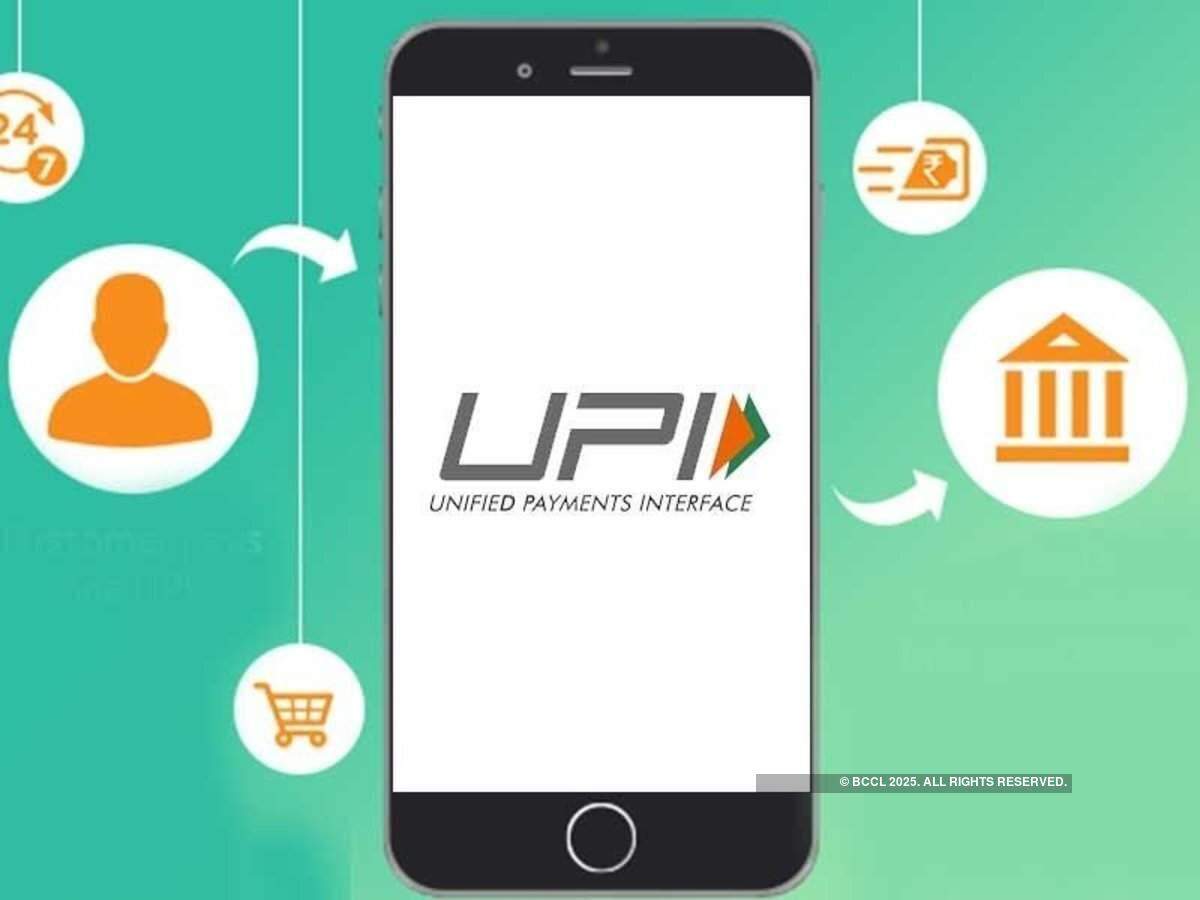What is e-RUPI and how does it work?, BFSI News, ET BFSI
[ad_1]
Read More/Less
What is e-RUPI?
The new digital product, e-RUPI is a paperless one-time payment system and a person and purpose-specific digital product.
The contactless e-RUPI is a secure way of transacting as it keeps the beneficiary’s information confidential and can also be tracked by the issuer. It is authorised via a verification code and does not require handling of cash due to its wholly digital and prepaid mode. Additionally, the beneficiary is not required to have a bank account or a digital payment app thus, being a catalyst in boosting financial inclusion in the country.
e-RUPI connects the sponsors of the services with the beneficiaries and service providers in a digital manner without the requirement of any physical interface.
How can we redeem e-RUPI?
e-RUPI is a prepaid voucher that can be redeemed without a debit or a credit card, digital payments app or internet banking services. It is a QR based or SMS string-based digital voucher that is delivered to the mobile phones of the beneficiaries by the government or by a selected few organisations.
The user can give an e-RUPI voucher instead of cash at the counters of merchants accepting e-RUPI. Covid-19 vaccine jabs can also be received via these newly launched vouchers. Moreover, a variety of donations can be made by this prepaid digital voucher with the assurance of a targeted, transparent and leakage-free transaction. Even the private sector can leverage these e-vouchers as part of their employee benefit and corporate social responsibility programmes.
The pilot avenue of e-RUPI is the health sector where payments via these electronic vouchers will be accepted. The product will gradually move into other segments.
Who is the architect of e-RUPI?
This digital innovation was brought to the fore by the National Payments Corporation of India (NPCI). It was launched in collaboration with the Department of Financial Services (DFS), National Health Authority (NHA), Ministry of Health and Family Welfare (MoHFW), and other partner banks.
Which banks have gone live with e-RUPI?
From Axis Bank to ICICI, from Bank of Baroda to Punjab National Bank, in total 11 banks are currently in sync with the e-RUPI product. Bharat Pe, BHIM Baroda Merchant Pay, HDFC Business App, PNB Merchant Pay and YONO SBI Merchant are the acquiring apps dealing with the NPCI’s recent launch.
How is e-RUPI different from UPI?
The Unified Payments Interface (UPI) is a direct bank-to-bank transfer that requires the presence of a bank account or a digital payments app while e-RUPI works independent of bank accounts.
Under UPI payments, there is no way of tracking the money paid, however, e-RUPI facilitates payment tracking for the issuer.
NPCI’s data reveals that UPI experiences a fail rate or technical decline rate (TD) of 1.43% which is an improvement from the high that it had reached of 3.4% in December 2020. In another move, e-RUPI is designed with a pre-recorded amount thus, leading to a much smaller transaction failure rate. An amount is already stored in the voucher within which the payment is made.
[ad_2]
